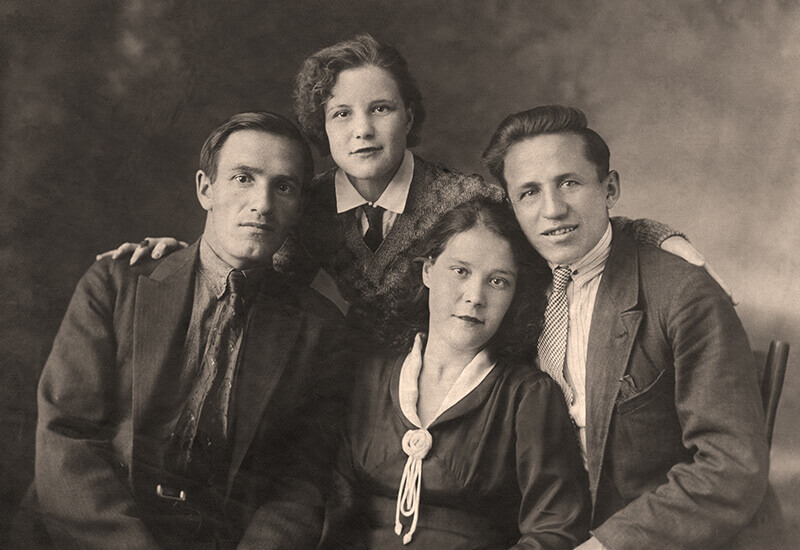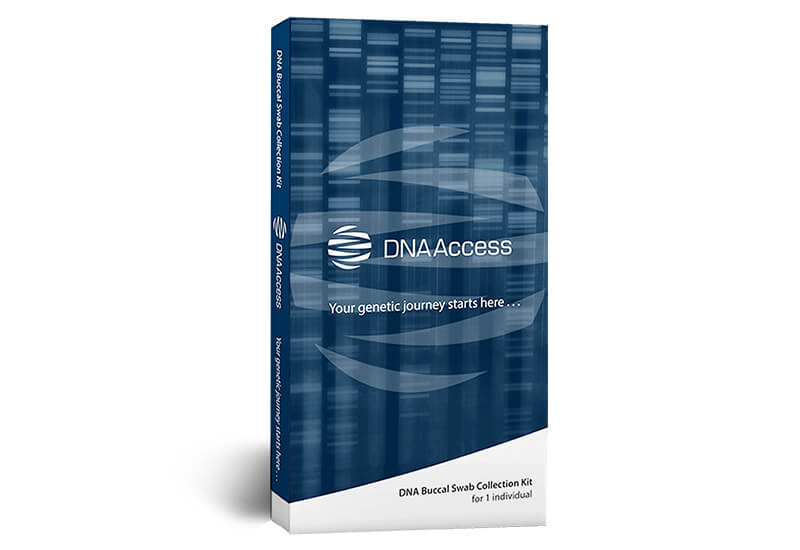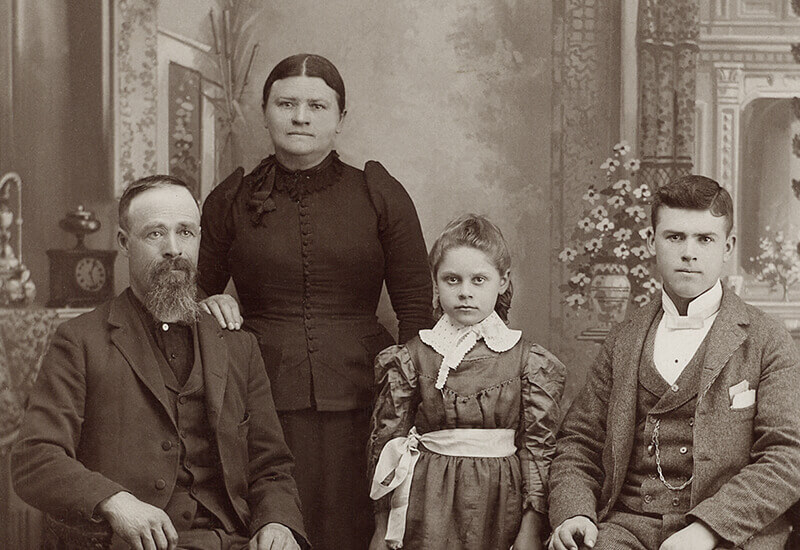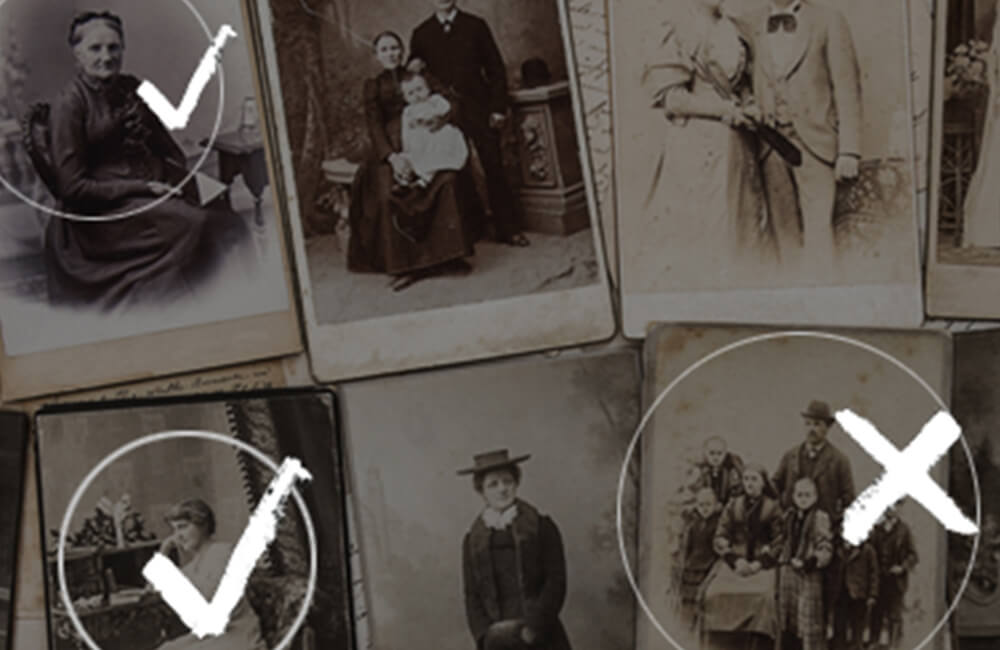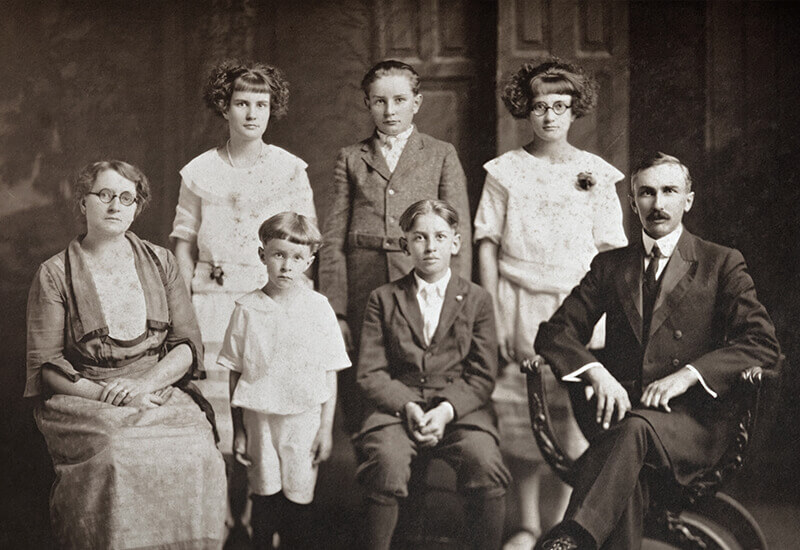DNA Maternal Ancestry Test
$119.00
Mitochondrial DNA testing allows you to trace the ancestry of your direct maternal lineage (your mother’s, mother’s, mother’s… maternal lineage).
Mitochondrial DNA (mtDNA) is DNA that is found in the mitochondria of cells. Both males and females have mtDNA so both males and females can take the mtDNA test.
Description
mtDNA is passed down strictly from mother to child along the direct maternal line. The matrilineal inheritance pattern of mtDNA means that all people who descended from the same matrilineal ancestral lineage will have exactly the same mtDNA profile. mtDNA testing allows you to trace the ancestry of your direct maternal lineage (your mother’s, mother’s, mother’s… maternal lineage). Using your mtDNA results, you can find out whether you are linked to any other individual along your direct maternal line; you can search a global database to seek potential long lost maternal line relatives from around the world; and you can find out which ancient mtDNA Haplogroup you belong to.
TURNAROUND TIME
SAMPLE TYPE
AGE REQUIREMENT
GENDER
Test Details
What do you get when you order a Maternal Ancestry (mtDNA) test?
You will receive a certificate with the genetic sequence of mtDNA region(s) that you have tested and your predicted or confirmed mtDNA Haplogroup. You will also be able to:
- Use the DNA Reunion database to search for long lost relatives on your direct maternal line
- Use the Indigenous DNA feature to find out which indigenous population is the closest match to your maternal lineage
- Use the DNA Haplogroups feature to trace the ancient migration of your maternal ancestors to their final ancestral homeland
- Use the DNA Archaeology feature compare against famous historical figures
What is the significance of mtDNA HVR1, HVR2 and Coding Region sequences?
mtDNA is unique because it is passed down strictly along the direct maternal line (from mother to child). Only females can pass their mtDNA down to their children, so even though both males and females have mtDNA, only females can pass their mtDNA down to the next generation. The maternal line inheritance pattern of mtDNA means that your mtDNA is inherited directly from your matrilineal ancestors (mother’s, mother’s, mother’s…. maternal lineage). The matrilineal inheritance pattern of mtDNA means that all people who have descended from the same maternal lineage as you will have exactly the same mtDNA as you.
What can I do with my mtDNA Sequencing results?
Using your mtDNA sequencing results, any two individuals can compare their profiles to see whether they descended from the same maternal line. If the mtDNA test shows that two individuals have different mtDNA profiles, it would conclusively prove that they did not descend from the same maternal lineage. You can use your mtDNA profile to compare with other individuals in your tree to confirm a positive linkage, verify new linkages, or verify findings from your paper research. You can also use your mtDNA markers to search our global database to find potential matches from around the world. You can even choose to receive automatic notifications by email whenever a new match is found.
How many mtDNA regions should I test and what is the difference between testing only the HVR1 region versus testing both HVR1 and HVR2, versus testing the full mtDNA (HVR1, HVR2 and Coding Region)?
The mtDNA consists of 3 regions: HVR1, HVR2 and Coding Region. The more mtDNA regions you test, the more stringent your comparisons will be when matching against another individual. For example, a perfect match with another individual at all 3 regions will be a far stronger match than a match at only the HVR1 region. If you have a HVR1 match with another individual, comparing more regions will provide further clarification of the relevance of the match and will allow you to see if you continue to match when more regions are compared.
If you test only your HVR1 and HVR2 regions, the top 5 most likely mtDNA haplogroups that you belong to will be predicted. If you take the mtDNA full sequencing test (test all 3 regions of the mtDNA: HVR1, HVR2 and Coding Region), your mtDNA haplogroup and subclade will be confirmed.
If I test only the HVR1 region, can I test more regions at a later date?
In total the mtDNA has 3 regions: HVR1, HVR2 and Coding Region. If you test only the HVR1 region, or only the HVR1 and HVR2 Regions, you can choose to test the remaining region(s) at a later date. However, you may be required to collect a new sample for the additional testing.
